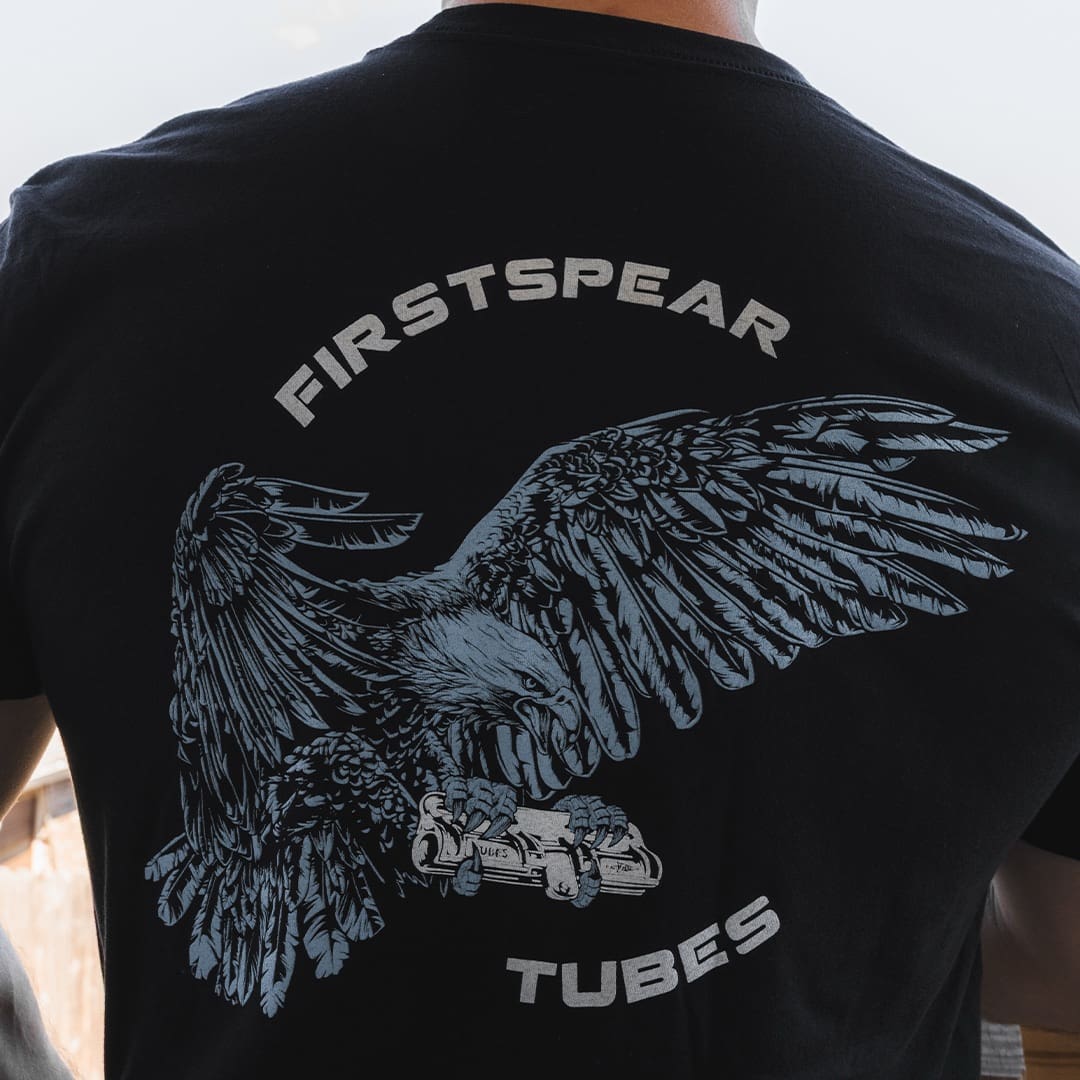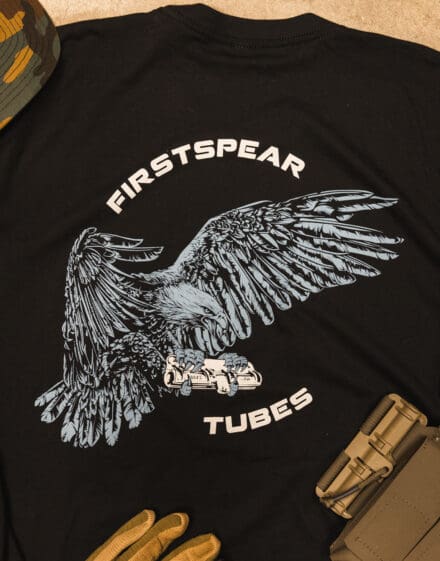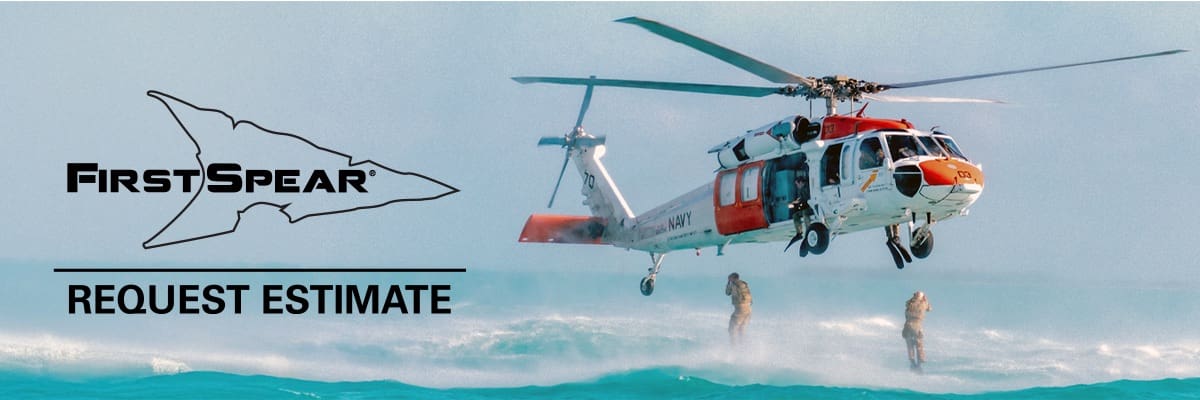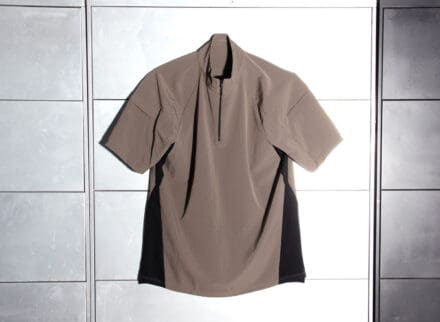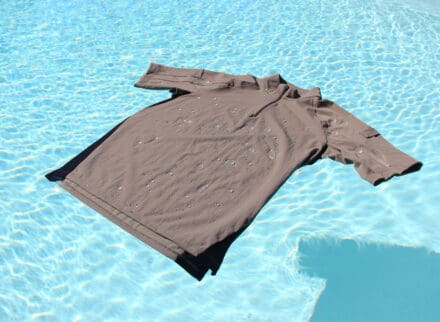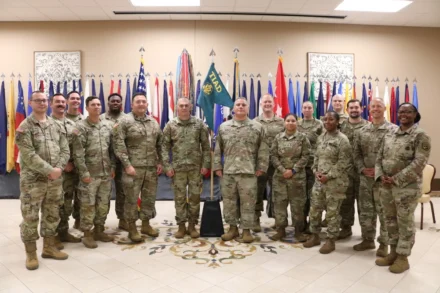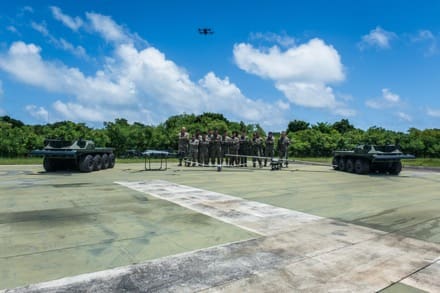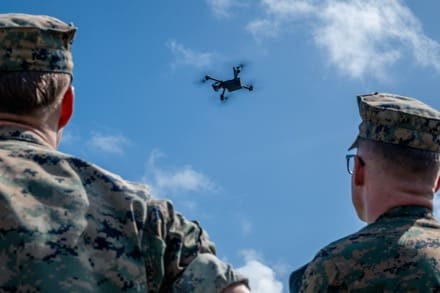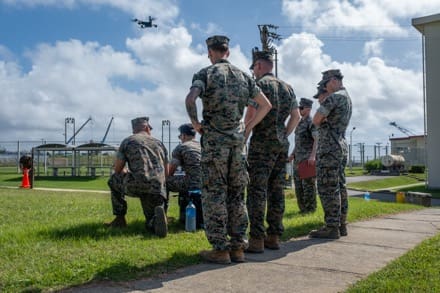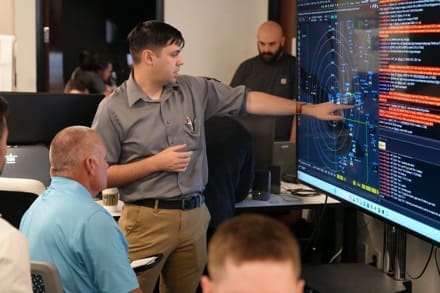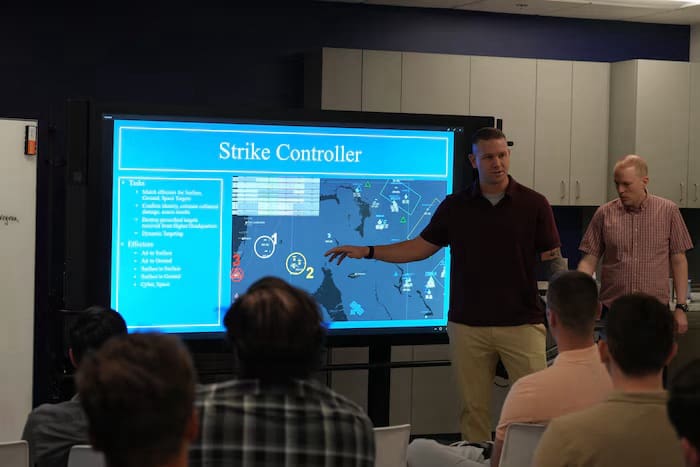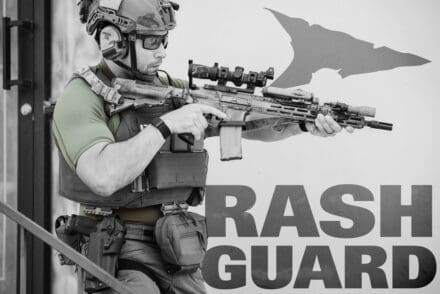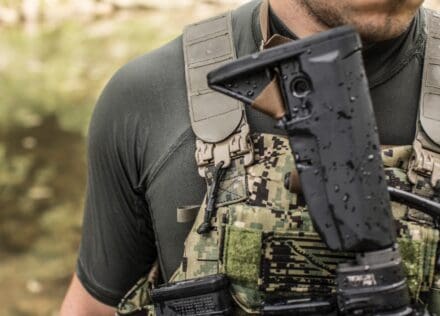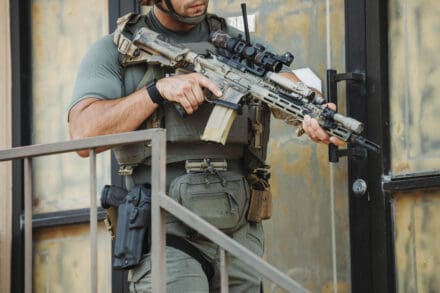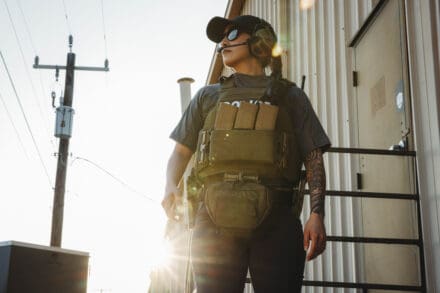WASHINGTON — The Army highlighted its commitment to innovation, readiness and partnership during the Association of the United States Army’s Annual Meeting and Exposition October 14.
Secretary of the Army the Honorable Dan Driscoll announced the launch of The Janus Program, a next-generation nuclear power program designed to provide resilient, secure and reliable energy, strengthening warfighter readiness and combat lethality.
The Army is serving as the executive agent on The Janus Program, fulfilling President Trump’s Executive Order to advance nuclear technologies for national security by 2028. This program will ensure nuclear energy is a decisive advantage for the U.S. Army.
“This is about warfighting power,” said Secretary Driscoll, “Project Janus ensures our warfighters can train, deploy, and fight with the certainty that power will never be the limiting factor in victory.”
Modern combat depends on reliable energy sources to conduct global operations. The Janus Program will provide critical power to our installations and their communication networks, weapons systems, and command nodes. Janus is designed to prevent installation and mission vulnerability to grid instability, natural disasters, or adversarial attacks.
The program will field nuclear microreactors capable of operating independently of the civilian power grid, ensuring uninterrupted power for forces in any environment through collaboration with the Department of Energy (DOE). By leveraging its nuclear regulatory authorities in partnership with the DOE, the Army will move forward with microreactors that are safe, resilient, and adaptable.
“Drawing on my experiences leading Project Pele, I will be personally overseeing Project Janus to ensure we deliver the safest, most resilient, and most effective nuclear energy program possible,” said Jeff Waksman, Ph.D., Principal Deputy Assistant Secretary of the Army for Installations, Energy and Environment. “This effort will directly underpin readiness, lethality, and the warfighter ethos – providing warfighters with reliable power in any environment, at any time.”
The Army partnered with the Department of War’s Defense Innovation Unit to bring this microreactor technology to the force quickly and efficiently. The Army will further provide technical oversight and facilitate the uranium fuel cycle and nuclear supply chain.
“The Janus Program is a strategic leap forward in American energy dominance,” said Hon. Emil Michael, Acting Director of the Defense Innovation Unit. “By fusing the Army’s operational might with DIU’s innovation engine, we’re delivering resilient energy to the warfighter. Together, the Army and DIU are driving a domestic nuclear industry that will strengthen U.S. energy security.”
The Janus Program will give Soldiers the necessary edge in contested battlespaces by ensuring reliable uninterrupted, independent energy is available at all times. It will fuel installation resilience, power mission assurance, and guarantee warfighter dominance – ensuring the Joint Force remain the most lethal and ready force in the world.
SGT Woodlyne Escarne



